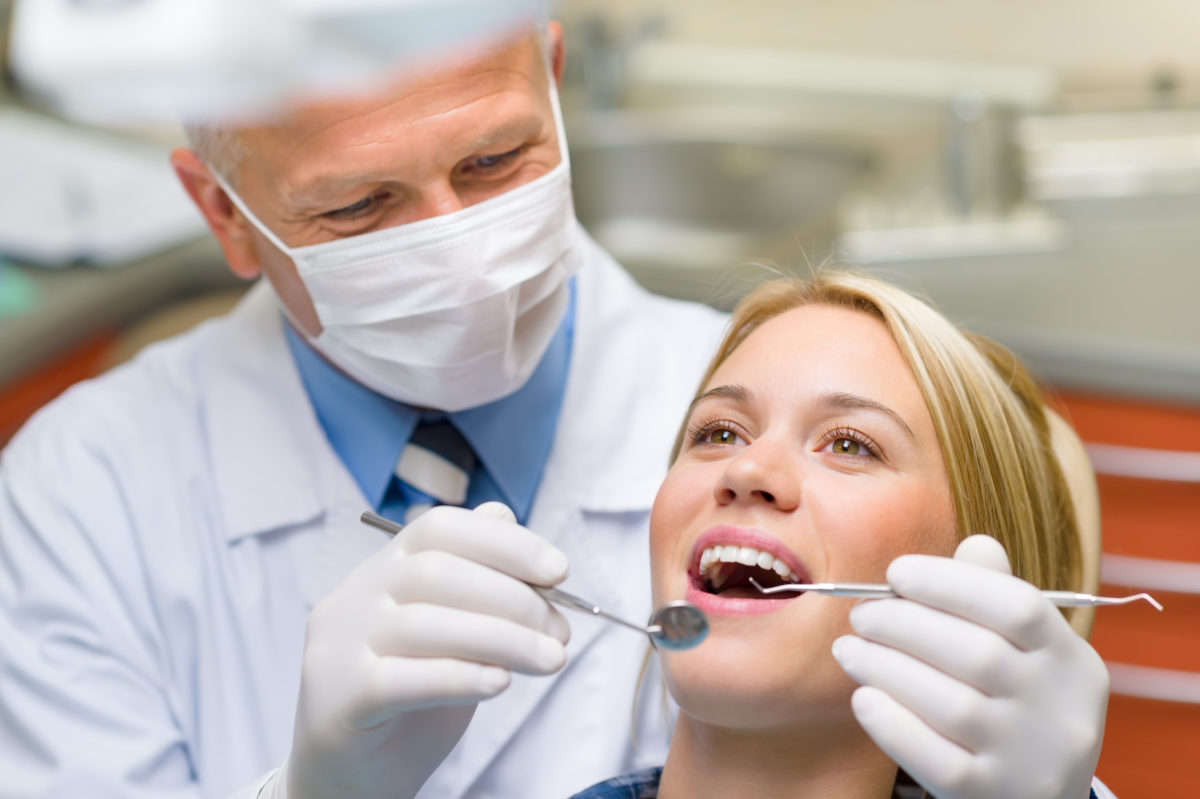The smart Trick of Legacy Orthodontics That Nobody is Discussing
The smart Trick of Legacy Orthodontics That Nobody is Discussing
Blog Article
Things about Legacy Orthodontics
Table of ContentsHow Legacy Orthodontics can Save You Time, Stress, and Money.Legacy Orthodontics Can Be Fun For EveryoneSome Known Details About Legacy Orthodontics Unknown Facts About Legacy OrthodonticsThe Definitive Guide to Legacy Orthodontics
In addition, we offer flexible therapy schedules, flexible settlement alternatives and an enjoyable, delightful experience.An orthodontist is a dental practitioner educated to diagnose, stop, and treat teeth and jaw abnormalities. Orthodontists work with individuals of all ages, from kids to adults.
Malocclusion, or misaligned teeth, can cause dental concerns, including dental caries, gum tissue disease, and hard or excruciating eating. Not everyone is birthed with straight teeth. If you have a bad bite or big spaces between your teeth, you might intend to consult a dentist focusing on orthodontic treatment.
Not known Facts About Legacy Orthodontics
( Photo Credit Scores: DigitalVision/Getty Images) Orthodontists use taken care of and detachable oral devices, like braces, retainers, and bands, to alter the setting of teeth in your mouth. Orthodontic therapy is for oral abnormalities, consisting of: Uneven teethBite problems, like an overbite or an underbiteCrowded teeth or teeth that are too far apartJaw misalignmentThe goal of orthodontic treatment is to improve your bite.
A healthy and balanced bite guarantees you can eat, chew, and talk properly. While you may consider orthodontists as mainly for kids or young adults who need dental braces, they can correct dental issues at any kind of age. Orthodontists attend college, oral college, and orthodontic school. After graduation, they invest 2 or 3 years in an orthodontic residency program.
, yet not all dentists are orthodontists. They focus on two areas: How to properly and securely move teeth How to correctly assist growth in the teeth, jaw, and faceOnce an orthodontist has finished training, they have the choice to end up being board accredited.
The Best Guide To Legacy Orthodontics
Imbalance, or malocclusion, is the most usual reason people see an orthodontist. It is hereditary and is the result of dimension differences between the top and reduced jaw or between the jaw and teeth. Malocclusion results in tooth overcrowding, an irregular jaw, or uneven bite patterns. Malocclusion is normally treated with: Your orthodontist connects steel, ceramic, or plastic square bonds to your teeth.
If you have just minor malocclusion, you might be able to make use of clear braces, called aligners, rather than standard braces (https://www.pinterest.com/pin/1054264594019009625). Some individuals need a headgear to assist relocate teeth right into line with pressure from outside the mouth. After braces or aligners, you'll require to wear a retainer. A retainer is a custom-made tool that keeps your teeth in location.
They're most frequently used on youngsters. They can develop additional area in the mouth without having to pull teeth. If you have a significant underbite or overbite, you could require orthognathic surgical treatment (likewise called orthodontic surgery) to extend or shorten your jaw. Orthodontists make use of cables, surgical screws, or plates to support your jaw bone.
You may require to see an orthodontist if you have: Crowding or otherwise adequate room for all of your teethOverbite, when your top teeth come your bottom teethUnderbite, when your bottom teeth are also far forwardSpacing or problems with gapsCrossbite, which is when your top teeth fit behind your base teeth when your mouth is closedOpen bite or an upright void between your front bottom and upper teethMisplaced midline, when the center of Home Page your base and upper teeth don't line up Fixing an oral malocclusion can: Make biting, chewing, and speaking easierImprove the balance of our face and your total appearanceEase discomfort from temporomandibular joint problemsDifferent your teeth and make them easier to clean, helping avoid dental cavity or dental caries It's commonly a dental practitioner that first notifications misaligned teeth throughout a regular test.
The Ultimate Guide To Legacy Orthodontics

During your very first orthodontic assessment, you'll likely have: An oral examPhotos taken of your face and smileDental X-raysPanoramic (360 degree) X-rays of your face and headImpressions to produce molds of your teethThese examinations will assist your orthodontist recognize how to wage your treatment. clear braces. An orthodontist is a dentist who's had training to treat your teeth and jaw
An orthodontist is concentrated on your bite, so something like a cracked tooth would certainly be handled by a dentist. Orthodontists are focused on your bite, or the means your teeth fit together, and the straightness of your teeth.
Ever before asked yourself exactly how celebrities constantly seem to have perfectly straightened teeth? Orthodontists are oral professionals who focus on fixing abnormalities in the teeth and jaws.
Legacy Orthodontics Fundamentals Explained

While dental braces are the most commonly acknowledged orthodontic treatment, orthodontists have a varied toolkit at their disposal. The specific strategy chosen relies on the seriousness of the instance, the person's age, and individual preferences. These tried-and-true braces use a system of braces adhered to the teeth and attached by cords.
Clear aligners, like Invisalign, are a preferred alternative for patients looking for a much more very discreet treatment choice. These detachable trays are tailor-made to considerably move the teeth's placement. Headgear might be made use of in combination with dental braces or aligners to apply extra targeted forces, particularly for correcting jaw inconsistencies. In cases of narrow jaws, palatal expanders can be made use of to create area for appropriate tooth alignment.
Report this page